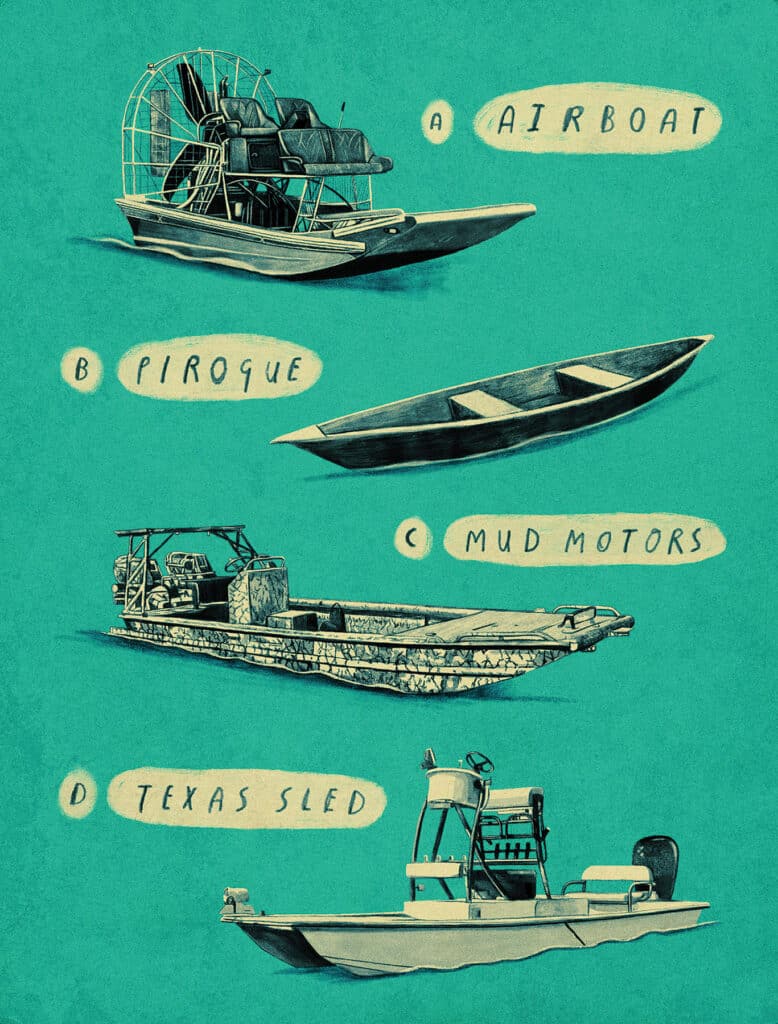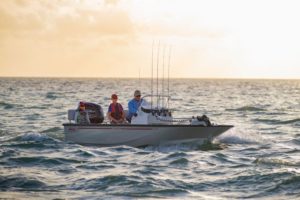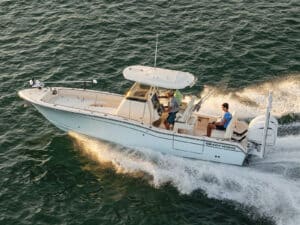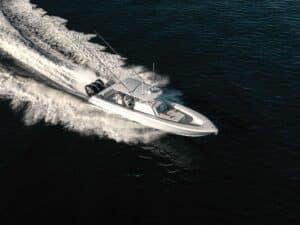
The traditional arrangement of hull and outboard requires a foot or two of water to operate. Fortunately, humans are an enterprising bunch and have come up with a variety of ways to get to the fish in the skinniest of skinny water.
Mud Motors
As the name implies, these vessels provide propulsion by using a surface-piercing prop to churn up the soil-and-water mixture around the boat. There are two different configurations: long-tail and surface drive. Long-tail motors have a long drive shaft mounted directly to the motor, but this arrangement limits steering. Surface drives look more like a traditional outboard, but the prop stays right on the surface. Both use an air-cooled engine, so you don’t have worry about clogged intakes and overheating motors.
Texas Sleds
This unique watercraft is designed to rip over mere inches of water. Looking like supersize surfboards wearing outlandishly large outboards, these vessels rely on horsepower and jack plates to get skinny. At wide open throttle, which is the way these boats were intended to be driven, they are flying by on the prop and a small section of hull. An intake mounted at the bottom of the skeg keeps cooling water flowing to the motor.
Airboats
Taking skinny to new level, airboats can be piloted where there is no water at all. They use a giant fan, often powered by a small-block automotive engine, to push them across and over just about any slick surface. The low-profile hulls don’t handle rough water well, and they can be prone to tipping. And forget about talking to the person next to you over the drone of the motor and propeller. But they can get you where nothing else can.
Pirogue
This term can refer to a variety of canoes from around the world, but we are talking about the paddle craft that originated in Louisiana’s Cajun country and is immortalized in the Hank Williams classic “Jambalaya.” Originally made from hollowed-out cypress trees, modern versions are crafted from plywood, fiberglass, or rotomolded plastics. These typically have flat bottoms and are paddled, letting them get real skinny.








